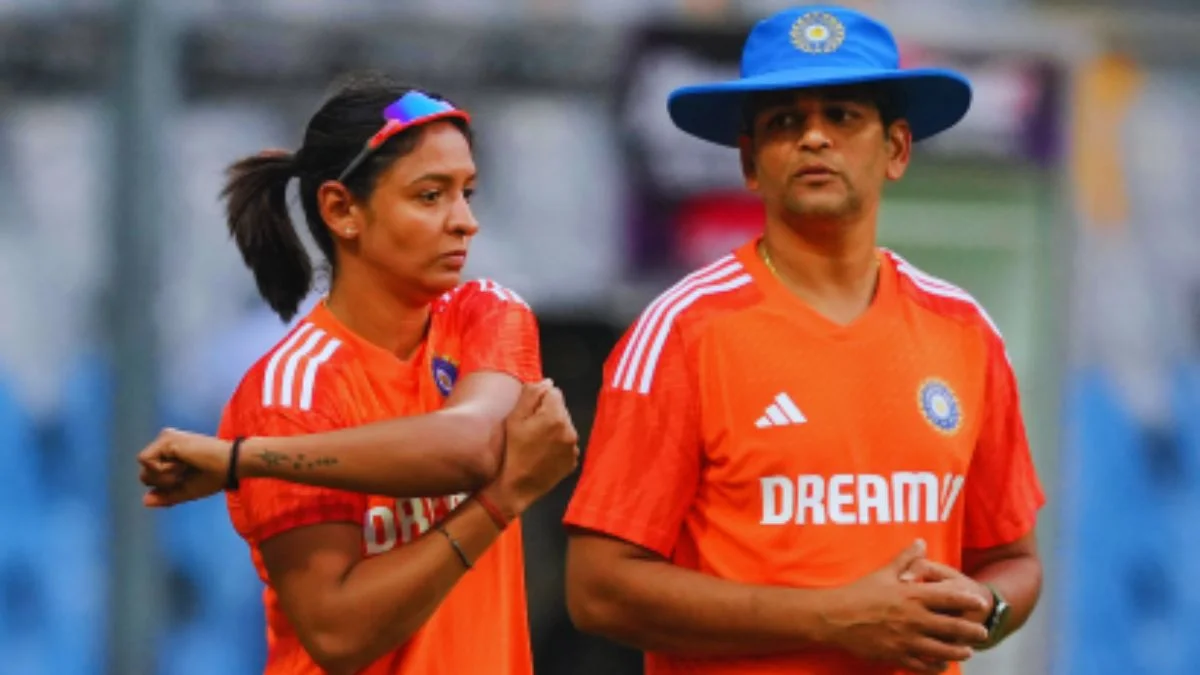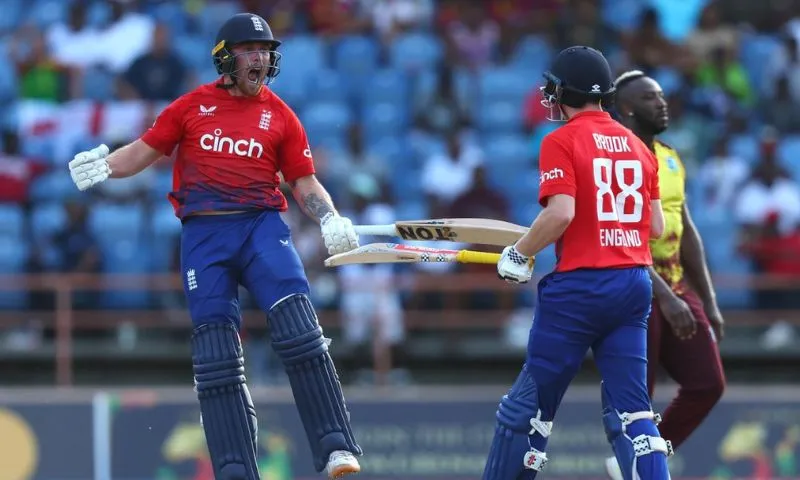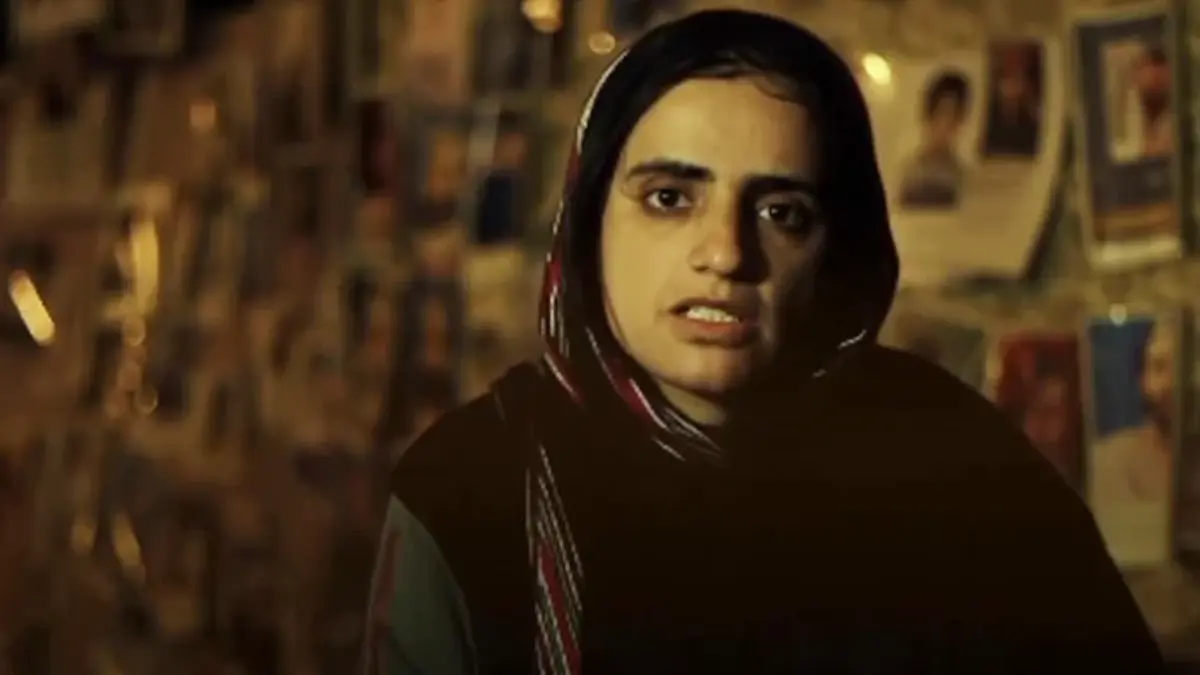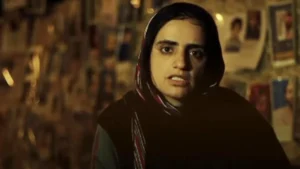WPL is taking a step forward by ensuring match fee parity and offering professional contracts. The upcoming home series against two top teams provides an opportunity for the team to grow and improve.

On paper, 2023 marked a significant year for women’s cricket in India. The Women’s Premier League (WPL) franchise tournament had its inaugural edition, and numerous up-and-coming players received professional contracts. The BCCI took a noteworthy step toward pay parity by equalizing the match fees for women with what the men receive.
During 11 months, India navigated through a T20 World Cup, a home series against Australia, and an away series against Bangladesh without a head coach. In their 2023 schedule, India is set to play 18 matches in bilateral series, one more than England but fewer than Australia (25), South Africa (25), and New Zealand (20) – the four teams ranked alongside them in the top 5 internationally. Interestingly, they are participating in even fewer international matches than they did in the previous year (23).
Although achieving parity in match fees, the Indian women’s team has played only a fraction of the matches compared to the men’s team (47). Additionally, the value of their annual retainer contracts still lags significantly behind their male counterparts.
#TeamIndia's leap to the future in women's cricket begins with T20 rubber against England, writes @namitkumar_17 #INDvENG | #INDWvENGW https://t.co/y8DKxAez3H
— Express Sports (@IExpressSports) December 6, 2023
Despite making evident progress, there are lingering questions about the BCCI’s commitment to women’s cricket as they embark on a significant home season. This season includes three T20Is and a Test against England, followed by three T20Is, three ODIs, and a Test against Australia, all under the guidance of the new coach, Amol Muzumdar. Concerns were raised when the schedules were revealed, as the chance to promote the women’s game nationwide was seemingly overlooked by hosting all 11 fixtures at two venues in Mumbai. Similarly, the Women’s Premier League last year, despite having franchises named after five regions of India, was also held entirely in Mumbai.
However, according to WV Raman, the former coach of the India women’s team, the scheduling is not a cause for concern. Instead, he emphasizes that the priority should be on playing a higher volume of top-level international cricket.
“We are not privy to the thinking behind this decision. It’s a matter of circumstances, managing time constraints, and staying within the budget for all the teams involved,” explained Raman
“The women’s game is already very popular. It might not seem so, perhaps because the women’s team’s schedule is not as busy as that of the men’s team. Fans want to see more women’s cricket. With big series, more international tournaments, and the WPL coming in, that perception will improve,” he added.
This argument may carry weight when compared to other countries. India’s most recent away assignments in Australia, South Africa, Sri Lanka, and New Zealand were also held in either one or two venues.
“There is no need for nitpicking now. Earlier, we wanted them to organize series and host matches. Now that that has happened, let’s not raise questions about this scheduling,” Raman said.
Success on the field breeds interest and intrigue, and India’s win in the inaugural U-19 Women’s World Cup has the potential to do just that. Shafali Varma, Richa Ghosh, Mannat Kashyap, and Titas Sadhu from that winning side are in India’s senior squad for the upcoming series against England, with the first T20I scheduled for Wednesday.
The return of ‘A’ series cricket contributes to the system as well. In the recent contests, India mostly fielded a second-tier side, while some regulars from their senior squad played for England to familiarize themselves with subcontinental conditions. England won the T20 series 2-1, but India’s young players fought hard and caught the eye. Shreyanka Patil earned a maiden senior call-up after delivering top performances against the visitors, following a solid WPL campaign. Minnu Mani, who debuted in Bangladesh and captained the ‘A’ team, is also part of the squad for the upcoming T20 series.
Raman believes that the recent developments in the domestic structure will bring about changes that allow India to cultivate a larger talent pool. This, in turn, will lead to more players from different parts of the country emerging and making their mark.
“The most important factor will be the change in the domestic structure, especially at the age-group level. Competitions like the WPL, and initiatives such as the ‘A’ series, the introduction of FTP (Future Tours Programme), and the commencement of the U-19 World Cup could play a significant role,” explained Raman.
“Age-group cricket has existed at all levels for young boys, but for young girls, there is a gap that needs to be closed. With India participating in U-19 World Cups for girls, there will be more uniformity at the domestic level. State associations will be forming and training age-group teams, which will increase playing opportunities,” he highlighted.
As India prepares for the T20 World Cup in Bangladesh next September and the 2025 ODI World Cup on home soil, with a new coach getting settled in, the journey to constructing a potentially tournament-winning white-ball side commences on Wednesday. This period will test stakeholders’ genuine commitment to the game, not only through results or media rights value but also by making efforts to grow the game within the country.











